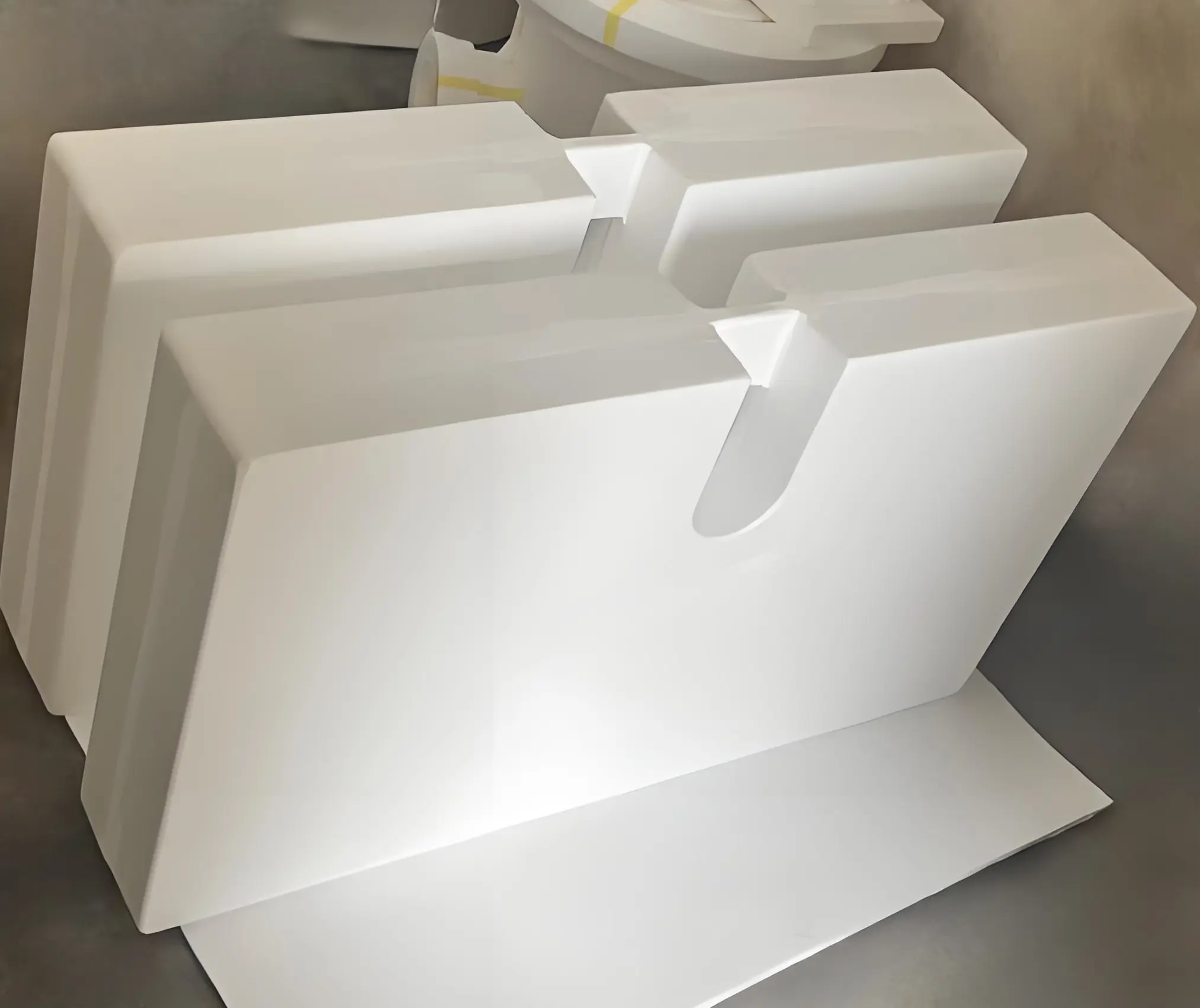
Slag pots manufactured by Jiangsu Shengrong High-end Equipment Manufacturing Industry are exported to Germany and are highly praised by German customers. Our slag pots are long life, high temperature resistance, not easy to break. We improve and perfect the process and optimize the chemical composition, improves the performance of the slag pot and forms a complete technical standard for processing, manufacturing, inspection, testing, and acceptance, winning praise from customers.
Slag pots from our company has advantange as below:
- Tailor-made to reduce procurement costs;
- Digital simulation system to ensure the internal and external quality of the slag pot;
- More than 30% higher usage than that of the same industry, and the detection system is perfect, meeting the requirements of ultrasonic secondary flaw detection;
Slag pots (slag bags) are cast with refractory ductile iron. They are used to hold steel slag, waste and other items after slag discharge in steelmaking and ironmaking. Slag filling is used to contain the cold metal liquid and the gas and residue mixed in the cavity, eliminate the cold shut, pores and slag inclusions of the casting; increase the local temperature of the mold to achieve the thermal balance of the mold; increase the strength of thin-walled castings to prevent deformation during demolding; set a push rod under the slag collecting pot (slag bag) so that there is no push rod mark on the surface of the casting; it can be used as a processing reference and a fixed position for clamping. The traditional material of the slag bag is gray cast iron, and ductile iron has been used in recent years. When the slag filling is used, it is directly in contact with the steel slag and is subjected to high-temperature baking. The temperature of the steel slag is high, and it leaks steel under abnormal circumstances to receive the steel liquid. Under normal circumstances, the load of the slag filling is its own weight and the weight of the slag. The load increases sharply when the steel leaks. Once the steel leaks and sticks to the pot, it is hit by a heavy hammer when cleaning the slag, which is destructive. The residual stress of the casting causes cracks after quenching and heating. The source of residual stress: the wall thickness of the slag filling is uneven, the difference is large, and thermal stress is formed during the cooling process. Slag filling with large residual stress will soon crack after quenching and heating.




